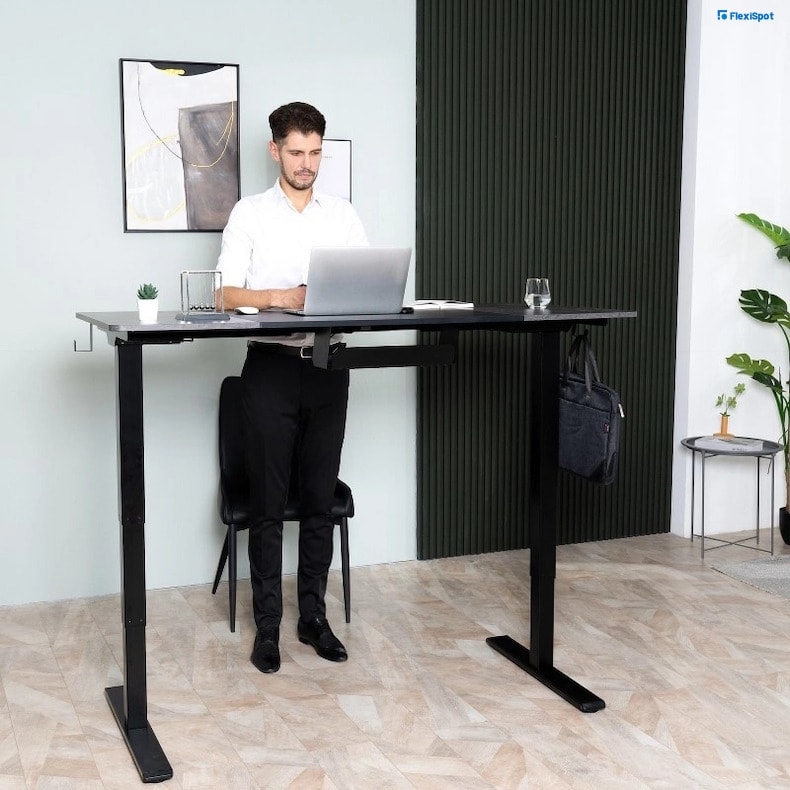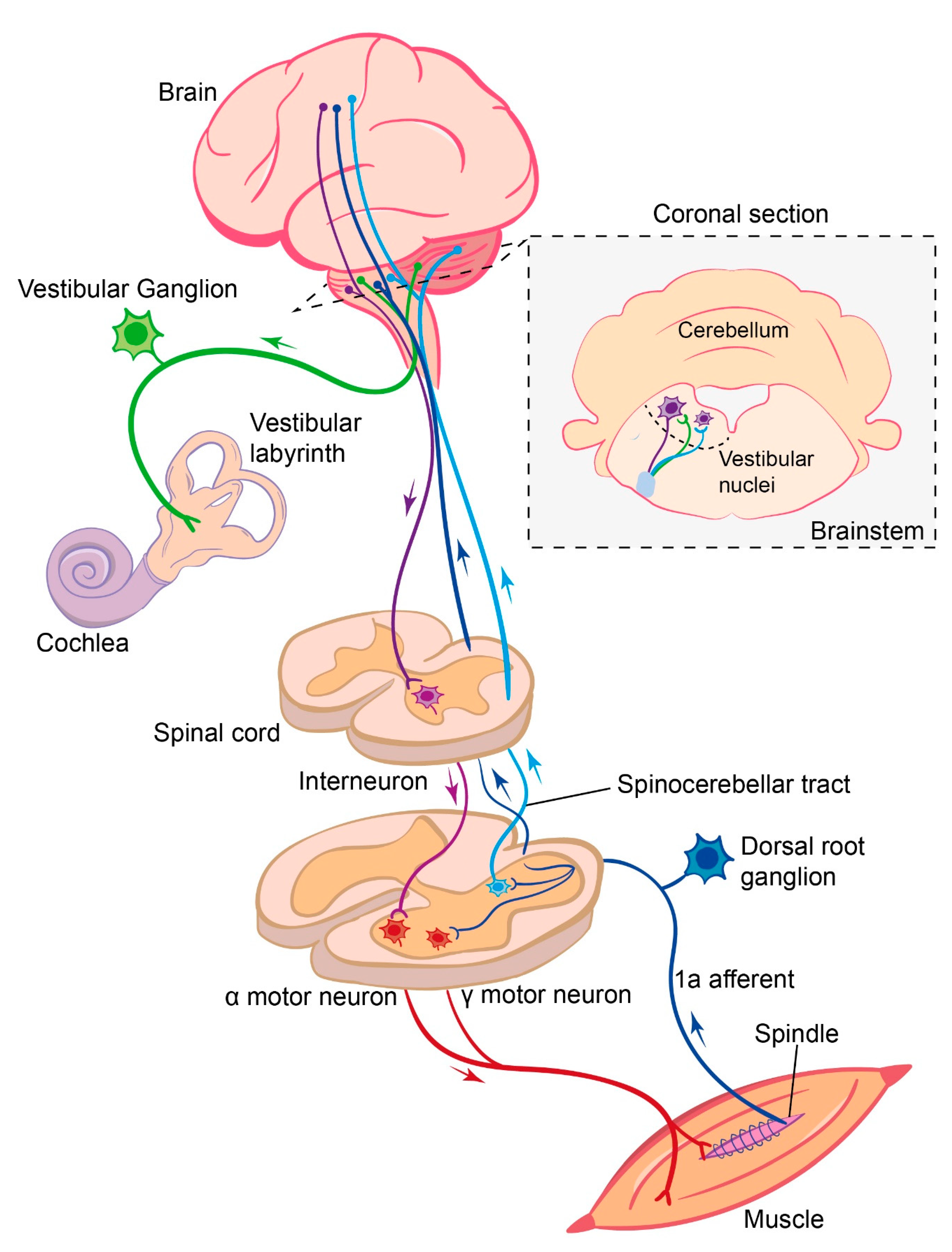
Standing Meetings Boost Group Performance
Meetings are where teams make decisions, solve problems, and generate ideas. Yet the format of these meetings often works against efficiency and engagement. Sitting for long stretches slows circulation, encourages mental drift, and can turn quick discussions into drawn-out debates.
Standing changes the equation. By removing the physical comfort of chairs and engaging the body’s postural systems, standing meetings increase alertness, shorten decision times, and boost creative output. Research shows that standing groups make decisions around 34 percent faster without compromising quality (Knight and Baer 2014).
This improvement is not just a matter of saving time — it reflects deep shifts in both physiological and social dynamics.
How Standing Affects the Brain and Body
When you stand, your leg, core, and spinal muscles activate to maintain balance. These subtle contractions increase blood flow and help push oxygen-rich blood back toward the brain. More oxygen means better performance in regions responsible for focus, working memory, and creative thinking.
Unlike sitting, which signals the body to relax into a passive state, standing primes the nervous system for action. The posture naturally encourages participants to keep contributions concise, to listen more actively, and to remain engaged throughout the meeting.

Why Standing Changes Group Dynamics
Chairs create invisible boundaries. They anchor people to specific spots and often reinforce status hierarchies based on seating position. Standing removes these barriers. Without a table or seating order to dictate position, everyone has the same physical status in the room.
This shift subtly alters the social dynamic:
- Eye contact is more natural and direct.
- Participants move more freely, which fosters fluid, real-time collaboration.
- Quieter team members are more likely to contribute because the visual cues of hierarchy are reduced.
The format also discourages side conversations and phone-checking because everyone remains in full view.
What Happens When Teams Stand
Faster Decision Cycles
Without the comfort of a chair, participants instinctively trim unnecessary commentary. The meeting naturally focuses on the problem at hand, helping groups reach decisions faster.
Higher Creative Output
Improved circulation and alertness boost activity in the prefrontal cortex, which plays a key role in divergent thinking — the process of generating multiple ideas or solutions.
More Equal Participation
With no fixed seating positions or desk barriers, the meeting becomes more democratic. Contributions are judged by merit rather than by the speaker’s position in the room.
Why Long Sitting Hinders Meetings
Prolonged sitting reduces lower-limb muscle activity, slowing venous return and decreasing oxygenation in the brain (Carter et al. 2018). Mental fatigue rises, attentional control declines, and the likelihood of disengagement increases. Over time, habitual long seated meetings can normalize slower decision-making and less engaged group interaction.
What Happens in the Brain During Standing Meetings

Standing activates proprioceptive and vestibular systems — the sensory networks that detect body position and balance. These systems feed constant updates to the cerebellum and somatosensory cortex, areas involved in movement coordination and spatial awareness.
Sustained postural engagement also supports the reticular activating system (RAS), a brainstem network responsible for regulating wakefulness and attention. By keeping the RAS more active, standing meetings help participants remain alert and responsive.
How to Integrate Standing Meetings into Your Workflow
- Start with Short Durations
Begin with daily check-ins, quick updates, or brainstorming sessions lasting 10–20 minutes. Let the team adapt before extending to longer formats. - Create a Standing-Friendly Space
Choose an open, uncluttered area. Avoid high tables or desks that could encourage leaning, which reduces postural benefits. - Encourage Light Movement
Shifting weight, stepping to the side, or changing positions helps maintain circulation and comfort. - Alternate with Seated Formats
Complex planning or document-heavy tasks may still benefit from seated formats. Use standing as a complement, not a replacement.
The Takeaway
Standing meetings are a simple structural change with measurable effects on team performance. They improve decision speed, enhance creativity, and create a more equal playing field for participation. By engaging both body and brain, they transform meetings from passive events into active problem-solving sessions.
Integrating this practice can help teams work more efficiently without adding time or cost. Small postural shifts can deliver outsized gains in collaboration quality and productivity.
References
- Knight AP and Baer M (2014) ‘Get up, stand up: The effects of a non-sedentary workspace on information elaboration and group performance’, Social Psychological and Personality Science, 5(8):910–917. https://doi.org/10.1177/1948550614538463
- Carter SE, Draijer R, Holder SM, Brown L, Thijssen DH, Hopkins ND (2018) ‘Regular walking breaks prevent the decline in cerebral blood flow associated with prolonged sitting’, Journal of Applied Physiology, 125(3):790–798. https://doi.org/10.1152/japplphysiol.00310.2018
- Thayer JF, Åhs F, Fredrikson M, Sollers JJ, Wager TD (2012) ‘A meta-analysis of heart rate variability and neuroimaging studies: Implications for heart rate variability as a marker of stress and health’, Neuroscience & Biobehavioral Reviews, 36(2):747–756. https://doi.org/10.1016/j.neubiorev.2011.11.009



















